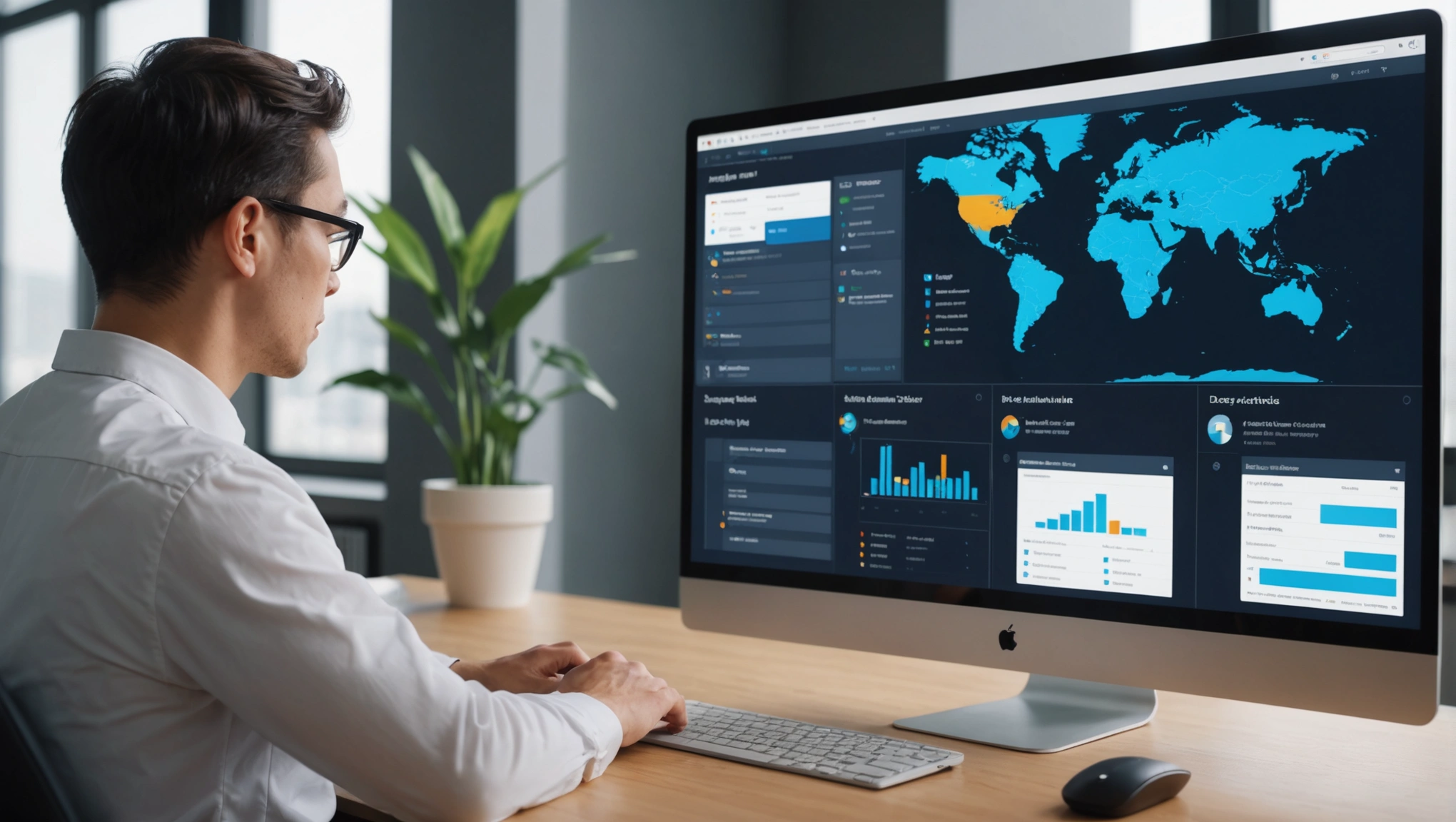AI in Rail: How Smart Tech is Paving the Way for a Safer, Faster, and More Efficient Future
- Ilan Sebban

- Sep 18, 2024
- 3 min read

If you're in the rail industry or just a tech enthusiast, you're probably hearing a lot about Artificial Intelligence (AI) these days. AI isn’t just a buzzword—it’s a real, transformative force reshaping how we run our rail networks. From optimizing train schedules to enhancing safety, AI is helping us rethink the rail experience. And trust me, the impact is game-changing.
Whether you’re an operator, a passenger, or a stakeholder, AI has something to offer. So, let’s dive into what AI is doing for rail and why it’s time to get on board with this smart technology.
1. Smarter Schedules, Happier Passengers
For rail operators, keeping everything running on time is always the top priority. But let's be honest, delays happen—sometimes a bit too often. Enter AI, with its knack for analysing real-time data and making instant decisions that keep the trains running smoothly.
Take Siemens' Railigent® as a great example. This platform uses AI to analyse data from trains, tracks, and even weather forecasts to predict delays and optimise train schedules in real time. Imagine an AI system that knows when a delay might happen and adjusts the timetable or routes before it becomes a problem. Fewer delays mean happier passengers who aren’t stuck on the platform or crammed in packed trains.
2. Safety First, Always: AI to the Rescue
Safety in rail isn’t just a box to tick—it’s the core of everything. And AI is supercharging safety measures like never before. We’re talking about spotting problems before they even become problems.
Look at Alstom’s HealthHub™. This AI-driven platform uses predictive analytics to continuously monitor the health of trains and tracks. By analyzing data from thousands of sensors, it can detect early signs of wear and tear, alert operators to potential issues, and even prevent accidents by addressing these problems before they escalate.
Did You Know? Alstom reports that their AI-based maintenance solutions can cut unexpected breakdowns by up to 40%. That’s a big deal for keeping the network running smoothly and safely.
3. Predictive Maintenance: Fix It Before It Breaks
Nothing derails a smooth operation like unexpected breakdowns. They lead to delays, cost money, and frustrate passengers. But with AI, rail companies can shift from reactive to predictive maintenance—keeping things running without the hiccups.
Take Hitachi Rail’s Lumada Maintenance Insights. This AI-powered solution uses data from IoT sensors to keep an eye on critical components like brakes, wheels, and engines. When something looks like it’s about to go south, the system alerts maintenance teams so they can fix it before it causes downtime. Think of it as your digital crystal ball, forecasting potential issues and letting you address them in advance.
Pro Tip: Predictive maintenance isn’t just a tech upgrade—it’s a whole new way to manage rail operations. Fewer breakdowns mean more uptime and less stress for everyone involved.
4. Elevating the Passenger Experience with AI
These days, passengers want more than just a ticket—they want a smooth, personalized travel experience. And AI is stepping up to the plate here as well.
Look at how MTR Corporation in Hong Kong uses AI to elevate the passenger experience. Their AI-driven app not only provides real-time updates on train schedules but also predicts crowd levels at stations and suggests the best times to travel. It's all about giving passengers more control over their journeys and reducing the stress of commuting.
Remember This: In a world where customer experience is king, AI helps rail operators deliver personalised, seamless travel experiences that keep passengers coming back.
5. The Future is Bright, but We’ve Got to Be Smart About It
AI is powerful and promising, but it’s not just plug-and-play. Integrating AI into rail systems takes thoughtful planning and investment. Tools like IBM’s Maximo for Transportation are designed to bridge the gap between traditional infrastructure and new AI capabilities, helping rail operators manage assets, monitor safety, and optimize maintenance—all while staying compliant with industry regulations.
Final Thought: AI in rail isn’t about replacing the human touch; it’s about enhancing it. By bringing smarter, safer, and more efficient solutions to the table, AI helps us build a better rail experience for everyone.
Whether you’re a rail operator looking to innovate or just someone fascinated by tech’s potential, the message is clear: AI is the future of rail, and it’s time to jump on board.
Liked this article? Give it a thumbs up!
.png)



Comments